8 Mayan Dishes to Try in the Yucatan
While I'd visited other parts of Mexico before, the Central and Gulf regions, places like Taxco, Puebla (the birthplace of mole), Mexico City, and Puerto Vallarta, neither my husband, who lived in northern Mexico for two years, nor I had ventured to the Yucatan. Dotted with Mayan ruins, colonial cities, Spanish haciendas, tangled jungle vegetation, towns, and cenotes (sink holes that deserve a whole library of stories all to themselves), the Mexican state of the Yucatan has a deep history that seems to resonate in every direction you look – including what you find on your plate.
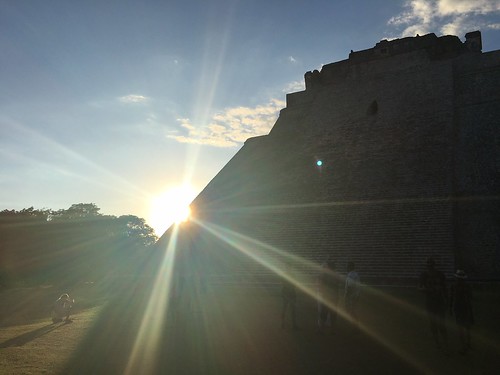

Much of the vibrancy of Yucatan cuisine is rooted in its rich, Mayan culture, which survived wars, conquests, and revolutions for nearly two thousand years. Today, this ancient civilization thrives in traditions kept alive by the Mayan people across the peninsula. Most villages still speak the ancestral language, celebrate Mayan history, and, of course, take great pride in the long heritage of their native cuisine.

Cochinita Pibil
Sometimes referred to as Yucatan barbecue, it's hard to mimic the flavor of this earthy pork dish outside of the region since it's so tied to local ingredients. Boneless pork shoulder bathes in blazing red achiote paste, which has a subtle, almost nutty-sweet undertones, along with seasoning like garlic and cumin. Another key ingredient – sour oranges. Bursting with sour-sweet flavor, the sun-enriched Mexican version is unrivaled.
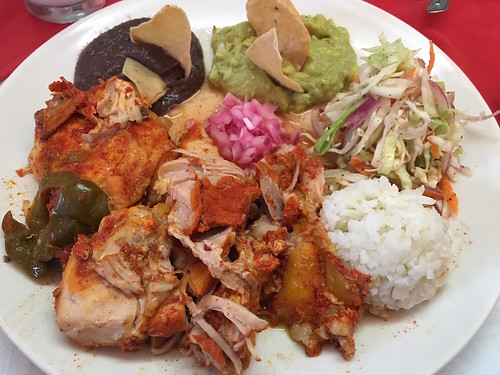
Wrapped in banana leaves, the pork is traditionally cooked in an outdoor stone pit for several hours. Served shredded, most often on a banana leaf as decoration, you can find chicken options as well, but I'd recommend the pork.
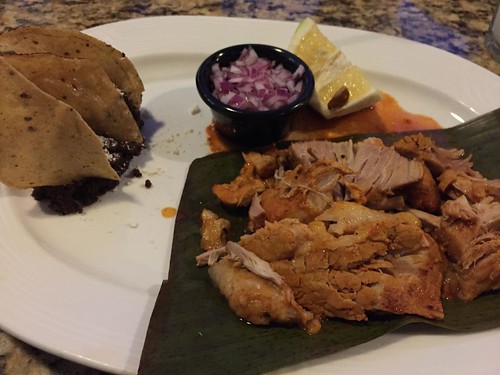
Poc Chuc
Our family began calling this bacon steak – that's what this thin sliced, grilled, citrus-marinated pork tastes like. At first, I expected the meat to be dry based on its fairly underwhelming appearance. But the flavor and texture hearken back to an almost gourmet bacon. Poc chuc often comes with a side of pickled onions.
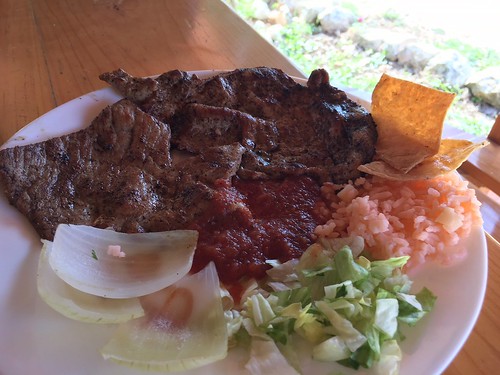
Papadzules
Looking like enchiladas from Central Mexico, papadzules have a very different, milder flavor. Papadzules are prepared like enchiladas with a fresh corn tortilla flash fried in oil before it's filled with meat, like shredded chicken, and then dipped in sauce. The sauce is made from pumpkin seeds, giving it a green color. It's then paired with a simple tomato sauce before being generously garnished with shredded, hard-boiled eggs. You may be offered a side of habanero sauce to add to the dish, but the dish itself, like most Mayan dishes, is mild.

Panuchos
Think of panuchos as refried black bean-filled pockets of fried corn tortilla bliss. Panuchos come with any number of toppings, as you might see with taco fillings. Ours were most often dressed simply with slices of silky avocado and slivers of red onion.
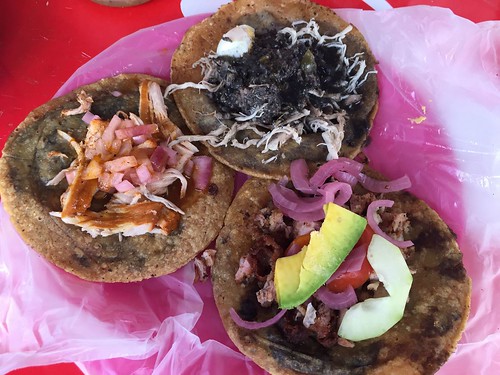
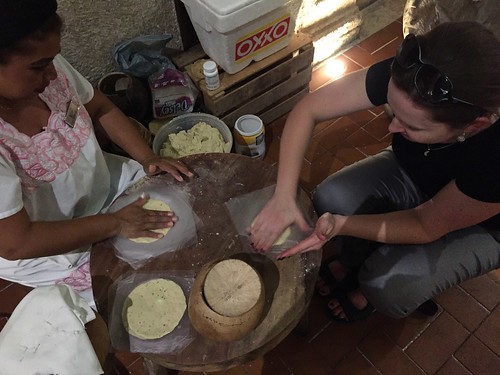
Making tortillas
Salbutes
Tostadas. Only better. That's the idea behind salbutes, which are a thicker corn tortilla that's fried and then topped with various fillings, from shredded meats to beans. Hard-boiled eggs were a frequent accompaniment.
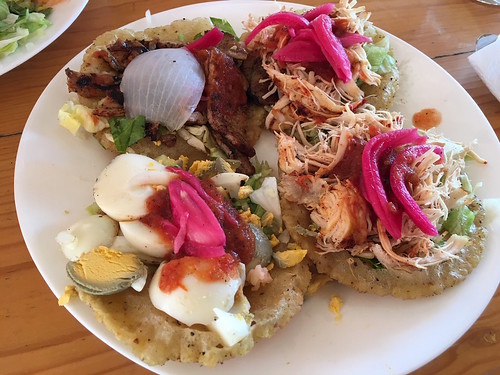
Relleno negro
While most Mayan dishes include a gentle flavor, relleno negro is the stark exception. Bursting with heat, thanks to chile de arbol that's toasted until its charred and black before being developed into a sauce with garlic, cumin, allspice, epazote, and broth. Turkey is then simmered in the sauce until just tender.
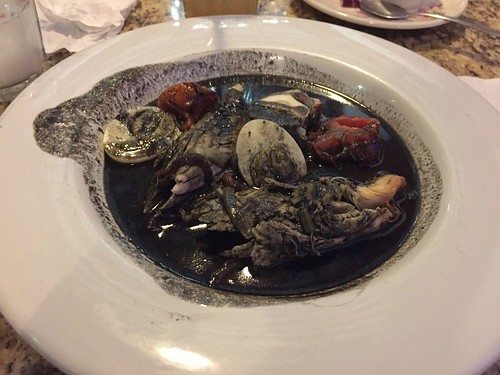
Sopa de Lima
This traditional Yucatan dish tastes like chicken soup that's been spiked with lime. The simple, soothing soup satisfies even on hot, humid days and usually comes topped with fried corn tortilla strips.
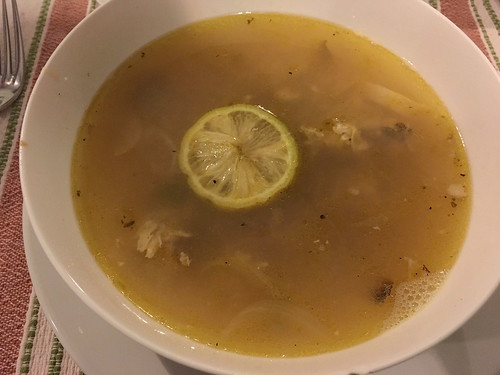
Chaya Juice
Afternoons, I sought out Chaya juice. I still crave it now that I'm back in the Midwest United States every day about 3 p.m. Sadly, my attempts to recreate it here have all yielded only shadows of what the drink tastes like in the Yucatan. The Chaya tree, also known as Mayan tree spinach, is packed with vitamins (that's what I'd tell myself as I downed several glasses). The leaves look like those of a Maple tree. The leaves can be toxic so they need to be boiled before eaten. The juice is combined with pineapple, sour orange and, in my versions, it seemed like a hint of lime. Recipes I've found online say you can substitute spinach in place of Chaya leaves, but it's simply not the same.
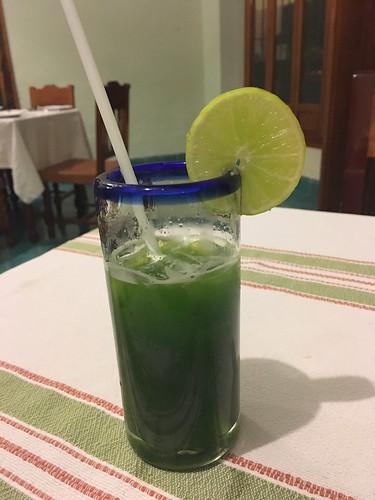
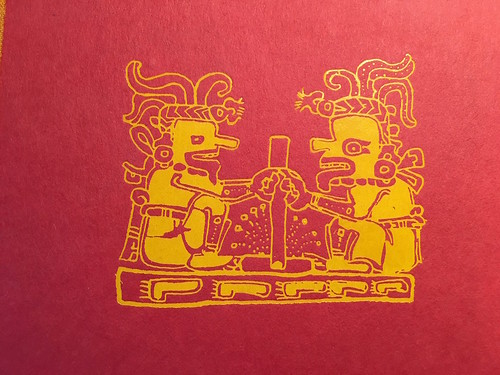
Mayan Art from the cover of the Mayan cookbook I've been diving into: False Tongues and Sunday Bread: A Guatemalan and Mayan Cookbook
Kristen J. Gough is the Global Cuisines & Kids Editor for Wandering Educators.
All photos courtesy and copyright Kristen J. Gough



















